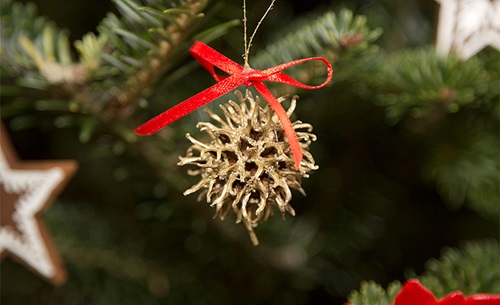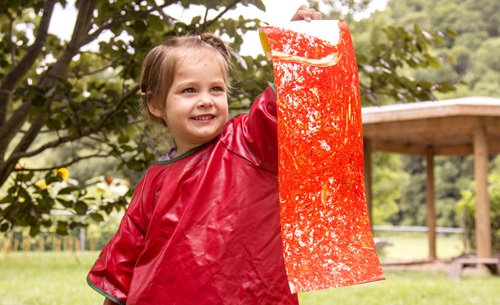The Potential of Playdough
| May 2016Playdough is fun. The soft, colored dough is a staple in most early childhood classrooms, but does it receive the attention it deserves as a valuable tool to prepare kids for school?
The malleable properties of playdough make it appealing for exploration and creativity while at the same time quietly building up vital fine motor strength. Developing the many small finger and hand muscles is an important prerequisite for writing. Due to a lack of play opportunities, too many kids are arriving at school without the fine motor dexterity needed to control a pencil.
Presented by itself, playdough can be squashed, rolled, flattened, poked,or creatively molded. Add another element to it, like buttons, and the list of possibilities expands exponentially! Each different action aids a different aspect of fine motor development, not to mention hand-eye coordination and concentration.
Having playdough tucked away in some cupboard to avoid the mess, or even having it available in the art area is not enough. Like any valuable learning tool it needs to be introduced and displayed as a provocation for play and exploration, as shown in the pictures below:

By itself, play dough can be squeezed, rolled, pinched, molded, or flattened—using all the tiny hand and finger muscles.
Grasping, pushing, and rolling with a rolling pin are great ways to strengthen both hand and forearm muscles. Once the dough is flattened, bring on the cookie cutters!
Playdough offers unbeatable practice for scissor skills. Roll “snakes” and then cut them into pieces.
Practice life skills like how to use forks and knives! Roll a sausage and cut it into bite sized pieces.
Use kitchen utensils to make neat patterns. If a fork looks fun, imagine what a potato masher could do!
Add loose parts like buttons, shells, pebbles, or popsicle sticks to invite new play possibilities.
Provide some dishes, and you’ll soon have a meal ready to be served or a sweet shop full of goodies to enjoy.
And if you don’t have any play dough, don’t bother purchasing some—you can make you own, much better and much cheaper. Try these well-tested play dough recipes:
Kool-Aid No-Cook Playdough
(this one is my favorite)
You’ll need:
- 1 ¼ cups flour
- ¼ cup salt
- 1-2 packets of unsweetened Kool-Aid (for color and nice smell!)
- 1 cup boiling water
- 1 ½ Tbsp vegetable oil
Directions:
- Mix flour, salt, and kool-aid powder in a bowl.
- Add boiling water and oil. Stir until cool enough to touch.
- Knead dough with hands for about 5 minutes.
- Store in airtight container when not in use.
Standard No-Cook Playdough
You’ll need:
- 1 cup flour
- ¼ cup salt
- 1 Tbsp. cream of tartar
- ¾ cup boiling water
- 1 Tbsp. vegetable oil
- food color (optional)
Directions:
- Mix the flour, salt, and cream of tartar in a large mixing bowl.
- Stir in boiling water, food color, and oil.
- Stir continuously until slighly cool.
- Knead dough vigorously with hands for a few minutes until all the stickiness is absorbed (you can add more flour if its needed).
- Store in airtight container when not in use.
Traditional Cooked Playdough
You’ll need:
- 1 cup water
- 1 cup flour
- ½ cup salt
- 1 Tbsp. cream of tartar
- 2 Tbsp. vegetable oil
- Food color (optional)
Directions:
- Combine all ingredients in a large pot and stir until mixed.
- Cook the dough over low heat, stirring continuously.
- Keep cooking until the edges of the dough appear dry. Test by pinching a piece of dough; if it’s not gooey, the dough is ready.
- Remove dough from pot, let it cool for a minute,then knead it until its smooth.
- Store in airtight container when not in use.












